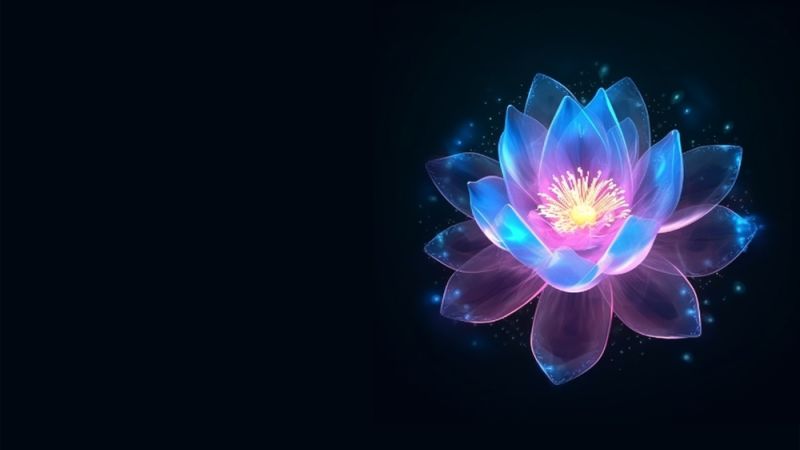Chinese scientists have successfully developed glowing succulent plants that can illuminate their surroundings, marking a major step in the quest to create bioluminescent ecosystems inspired by nature.
The breakthrough, described by Popular Science, draws inspiration from naturally glowing organisms such as jellyfish, mushrooms, plankton, and certain species of fish. Researchers say the new development brings the dream of living, light-emitting environments closer to reality.
In 2024, biotechnology company Light Bio created a petunia nicknamed “Firefly,” which glowed faintly in green. While considered a breakthrough at the time, its light was too dim for practical use.
The new Chinese project goes further. Scientists engineered 56 succulent plants and arranged them across a living “plant wall.” Unlike the earlier petunias, these succulents emitted light bright enough to make surrounding objects visible, suggesting they could one day serve as natural light sources.
According to the research team, creating each plant took roughly 10 minutes, with costs just over 10 yuan ($1.40). Such affordability, combined with efficiency, could pave the way for broader applications in eco-friendly lighting and interior design.
Blending biology and imagination
The work echoes the fictional “Avatar” universe, where glowing flora illuminate an otherworldly ecosystem. For scientists, however, the project is more than a visual spectacle. It represents progress in genetic engineering and sustainable solutions for future urban living.
“Bioluminescence has fascinated humans for centuries,” said one researcher. “Our aim is to integrate it into plants not just for beauty, but for utility — creating light sources that are alive, renewable, and environmentally friendly.”
The potential applications stretch beyond aesthetics. Glowing plants could reduce reliance on artificial lighting in certain contexts, lowering energy consumption. They may also enhance urban green spaces, create visually engaging indoor environments, or serve educational and scientific purposes.
Bridging imagination with science
The Chinese team’s success follows years of experimentation worldwide. Previous attempts at bioluminescent plants often suffered from dim light or instability. By using succulents — hardy, low-maintenance plants — researchers were able to maintain brightness levels while keeping costs minimal.
Still, challenges remain. Scientists caution that the current glow, though bright enough to illuminate objects nearby, is not yet sufficient to replace conventional light sources. Long-term sustainability, plant health, and scalability also need further testing.
But experts argue that progress has been rapid. Just a decade ago, the idea of plants producing usable light seemed far-fetched. Today, the possibility of bioluminescent gardens, pathways, and interior décor is edging closer to reality.
For now, the glowing succulents stand as a symbol of what could come: a fusion of genetic engineering, environmental sustainability, and human imagination.
“Every leaf that glows reminds us how science can reshape the ordinary,” said the research team. “We are only at the beginning.”

